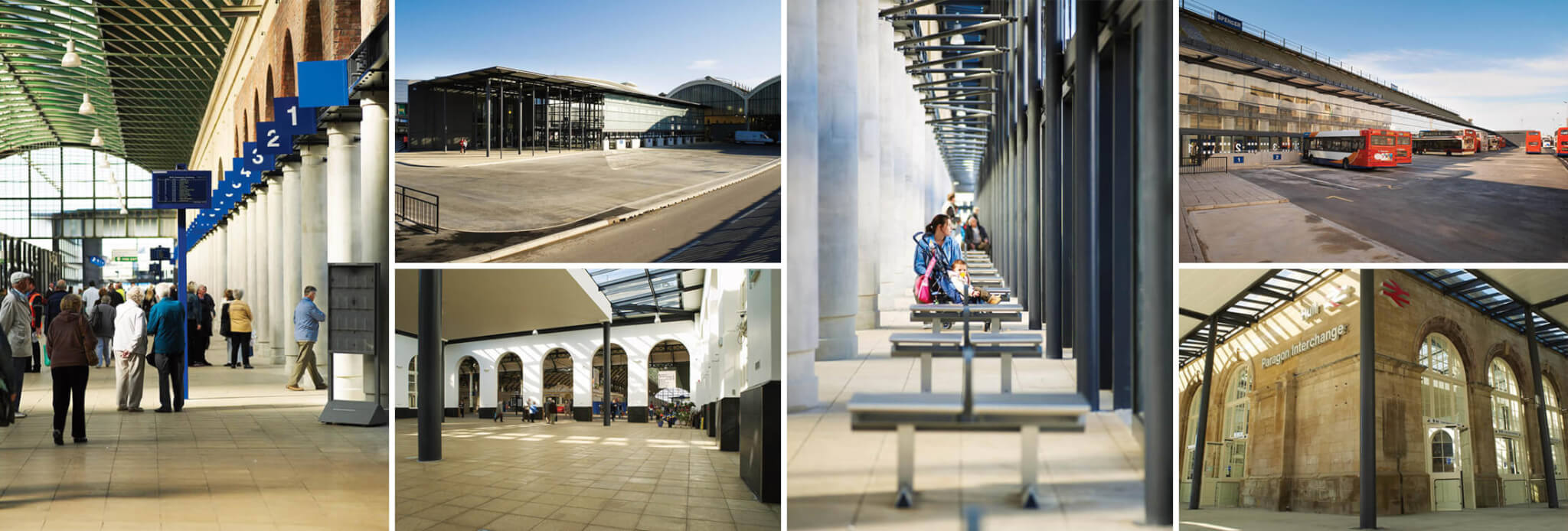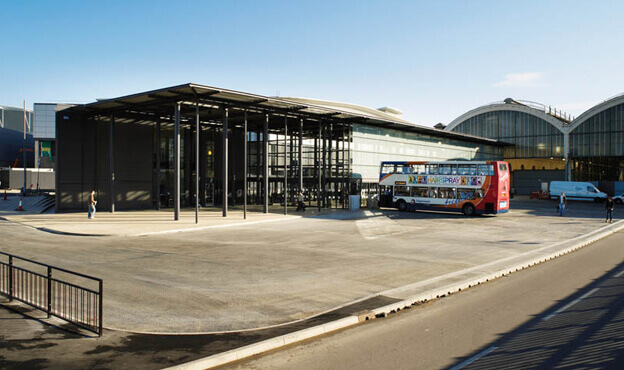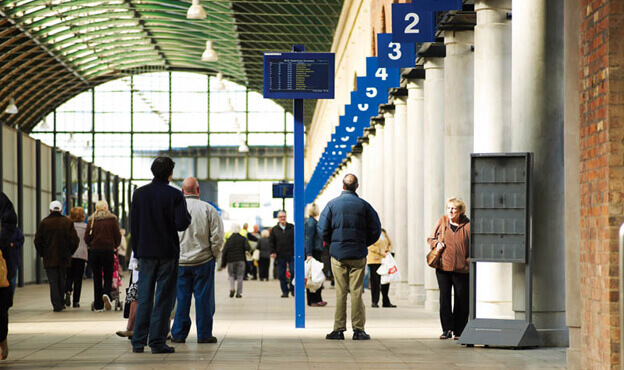Hull Paragon
The regeneration of Hull’s transport interchange required the preservation of the best of the Victorian Grade II listed structure combined with a comprehensive programme of modernisation to create an integrated rail, bus, coach and taxi facility, comprising a modern ticket office, waiting room and a spacious passenger concourse. This was to be conducted while the station remained operational, and without disrupting the working of the homes and businesses surrounding the station on all sides.
Key Project Details
| Client | Network Rail, ING |
| Duration | 24 months |
| Location | Hull, East Yorkshire |



